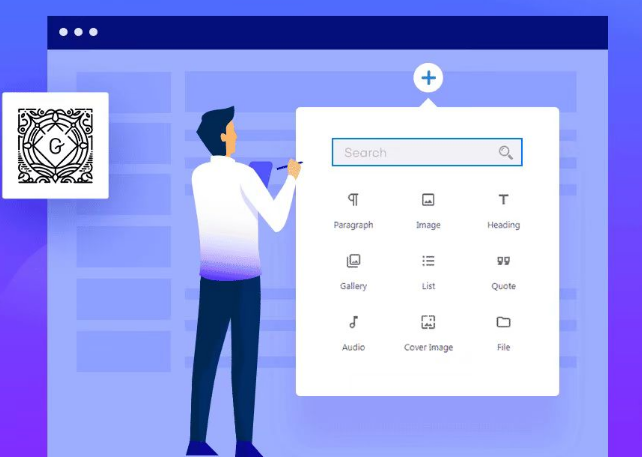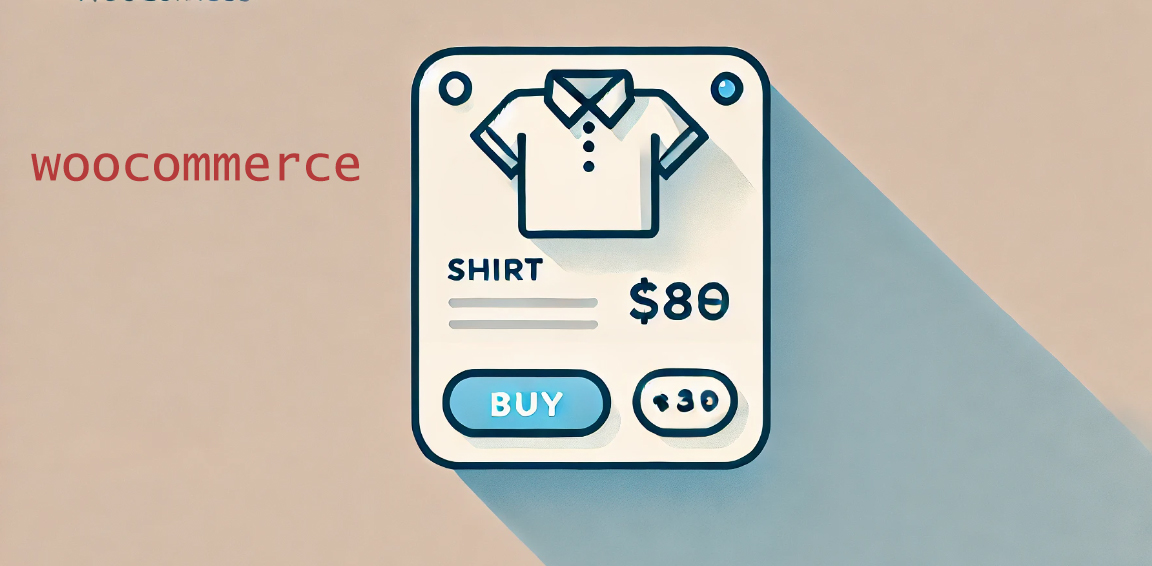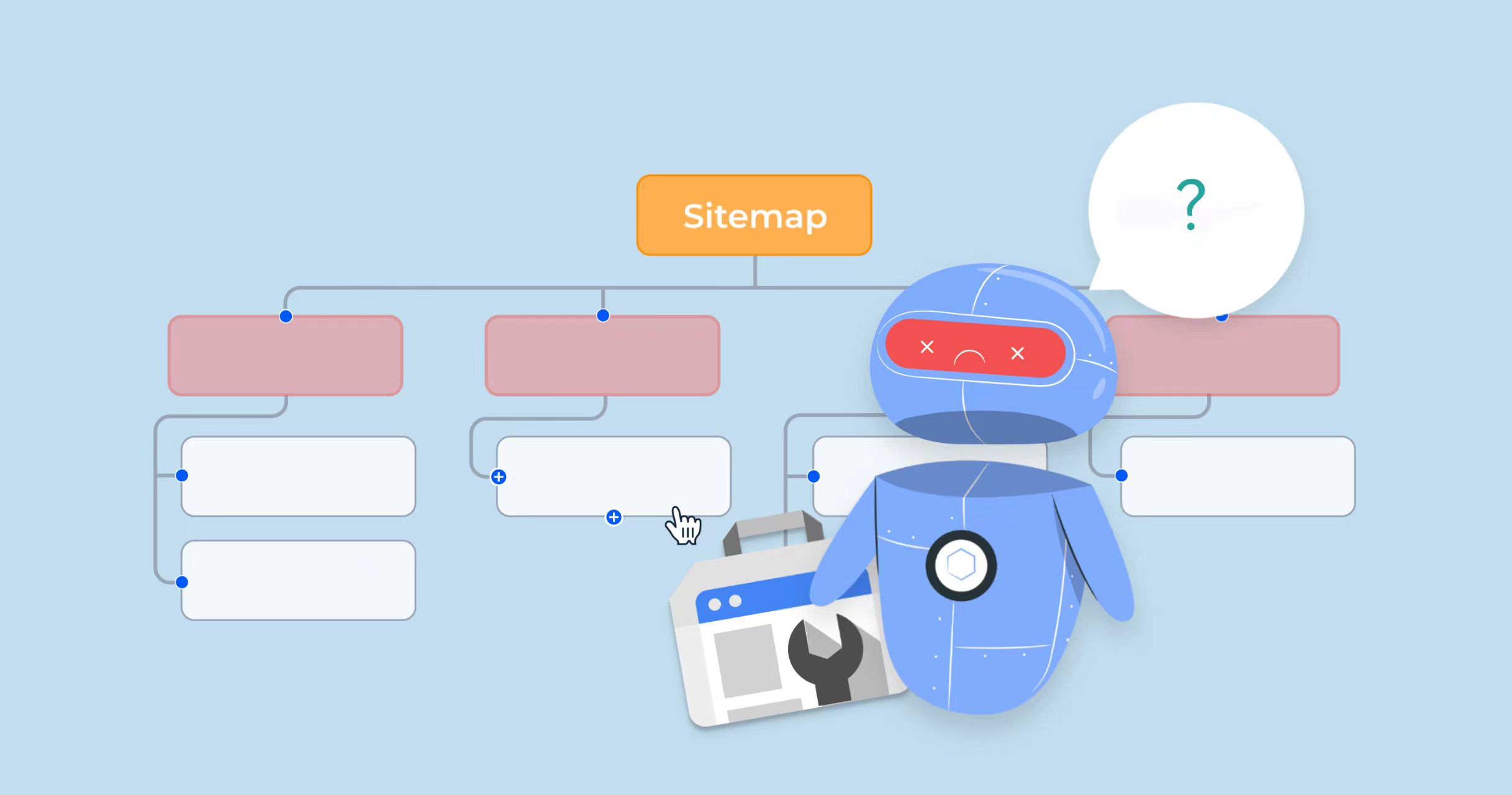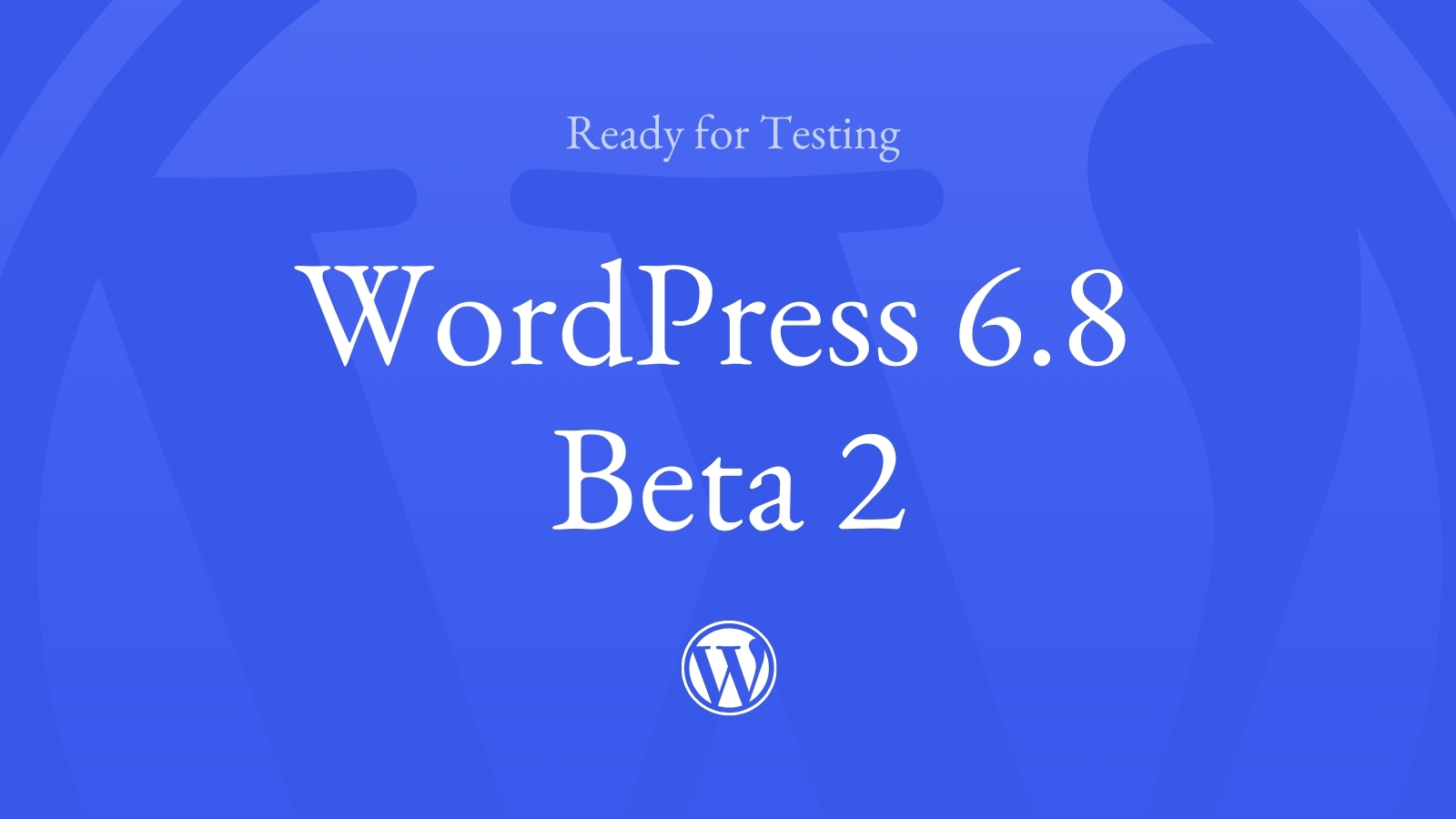吸引全球受众对于任何在线商店的成功至关重要。扩大影响力的一种有效方法是使您的电子商务商店支持多种语言。据 Bright Plugins 网站称,提供多种语言的内容可以使在线销售额增加高达 100%。通过提供多种语言选项,可以显著提升购物体验。在本指南中,我们将探讨如何使用语言切换器构建多语言 WooCommerce 商店,并为 WooCommerce 语言切换器提供促进语言切换的实用技巧。
![图片[1]-构建多语言 WooCommerce 商店:全面指南和实用技巧-光子波动网 | 专业WordPress修复服务,全球范围,快速响应](https://www.361sale.com/wp-content/uploads/2024/07/2024072608154578.png)
更改 WooCommerce 语言的选项
在网站上提供多种语言可以显著增强非英语客户的可访问性,从而开辟新市场并增加销售潜力。在更改 WooCommerce 语言时,有多种选项可用。
更改 WooCommerce 仪表板语言
首先,可以更改 WooCommerce 仪表板中的语言。这对于需要用不同语言管理商店的管理员非常有用。例如,可以用英语显示商店内容以吸引全球客户,但使用西班牙语管理界面,以便西班牙语员工可以轻松管理商店后端。
Steps:
- Log in to your WordPress dashboard.
- 打开菜单“set up">"conventional (weapons)">"Site Language".
- 选择所需语言并点击“Save Changes".
![图片[2]-构建多语言 WooCommerce 商店:全面指南和实用技巧-光子波动网 | 专业WordPress修复服务,全球范围,快速响应](https://www.361sale.com/wp-content/uploads/2024/07/2024072608082081.png)
此方法将更改后端仪表板上的语言,但不会更改 WooCommerce 商店首页的语言。
更改商店的语言
第二个选项是更改商店首页的语言。方法与更改仪表板语言相同,即通过“set up">"conventional (weapons)">"Site Language”进行更改。此外,需要定期更新翻译,以便使用“更新翻译”按钮保持商店内容的最新。
Steps:
- 在 WordPress 仪表板上,选择“instrument panels">"update">"Updated translations".
- 选择所需语言并更新翻译。
![图片[3]-构建多语言 WooCommerce 商店:全面指南和实用技巧-光子波动网 | 专业WordPress修复服务,全球范围,快速响应](https://www.361sale.com/wp-content/uploads/2024/07/2024072608093441.png)
在多语言商店中使用语言切换器
第三个选择是使用多语言商店上的语言切换按钮。语言切换按钮允许用户在不同语言之间切换,是提高用户体验的有效工具。
为什么你的网站需要语言切换器
提供语言切换器功能可以显著提高网站质量和可访问性,以下是一些原因:
- 方便的语言选择:用户可以通过语言切换按钮选择自己喜欢的语言,确保他们轻松了解您商店的内容或产品。
- Provide a better user experience:语言切换器可帮助访问者更好地理解您网站的内容,创造更积极的用户体验。
- 扩大市场覆盖范围:多种语言版本确保每个访问者都能轻松理解您的信息,吸引更广泛的受众群体。
- 提高销售转化:用自己的语言与网站互动的用户将更好地了解产品信息和促销活动,提高他们的信任并激励购买。
- 促进信息访问:语言切换器确保访问者能够轻松导航和理解网站内容,无语言障碍。
- Improve customer retention:对自己语言的内容满意的用户更有可能保持忠诚度并重新访问您的网站。
开始构建多语言商店
现在您了解了语言切换器的重要性,是时候使您的网站多语言化了。可以使用 Linguise 等工具实现这一目标。Linguise 自动翻译与 WooCommerce 集成,能够翻译所有页面,例如产品页面、博客文章页面、结帐和购物车页面等。
步骤一:添加域和语言
- 注册免费的 Linguise 帐户并注册 WooCommerce 商店域。
![图片[4]-构建多语言 WooCommerce 商店:全面指南和实用技巧-光子波动网 | 专业WordPress修复服务,全球范围,快速响应](https://www.361sale.com/wp-content/uploads/2024/07/2024072608102393.png)
- 输入电子邮件和密码,选择 WordPress 平台并输入域名。
- 添加要在语言切换器中显示的语言。
![图片[5]-构建多语言 WooCommerce 商店:全面指南和实用技巧-光子波动网 | 专业WordPress修复服务,全球范围,快速响应](https://www.361sale.com/wp-content/uploads/2024/07/2024072608104682.png)
步骤二:将Linguise添加到你的 WooCommerce 商店
- 在 WordPress 仪表板中,选择“Installation of new plug-ins">"搜索 Linguise">"mounting">"activate".
- 激活插件后,在 Linguise 菜单中粘贴获得的 API 密钥。
![图片[6]-构建多语言 WooCommerce 商店:全面指南和实用技巧-光子波动网 | 专业WordPress修复服务,全球范围,快速响应](https://www.361sale.com/wp-content/uploads/2024/07/2024072608112984.png)
步骤三:翻译你的多语言商店
- WooCommerce 连接到 Linguise 后,商店页面将自动进行语言切换。
- 可以自定义显示,以满足你的具体需求。
![图片[7]-构建多语言 WooCommerce 商店:全面指南和实用技巧-光子波动网 | 专业WordPress修复服务,全球范围,快速响应](https://www.361sale.com/wp-content/uploads/2024/07/2024072608123077.png)
WooCommerce 语言切换器的提示
使用下拉菜单
使用下拉菜单显示语言选项,可以有效解决显示混乱问题,确保网站布局整洁且易于导航。
战略性地放置
将语言切换器放在每个页面的右上角或左上角,或者在主页右下角,确保用户轻松找到和访问它。
使用符号或标志
旗帜图标使用户更容易识别语言,创造直观且用户友好的体验,并增强语言切换器界面的视觉吸引力。
提供清晰的语言名称
确保可用语言列表易于理解,使用用户常用或熟悉的语言名称,避免使用不熟悉的语言代码。
提供一致的选择
确保翻译的一致性,并在所有页面上保持语言切换器的位置一致,方便用户找到按钮。
fulfillment A/B testing
![图片[8]-构建多语言 WooCommerce 商店:全面指南和实用技巧-光子波动网 | 专业WordPress修复服务,全球范围,快速响应](https://www.361sale.com/wp-content/uploads/2024/07/2024072608142396.png)
测试各种语言切换器设计,评估最有效的语言切换器设计、位置和语言选项,优化用户体验。
自定义 WooCommerce 语言切换器
创建 WooCommerce 语言切换器的各种技巧后,可以根据需要自定义语言切换器。Linguise 提供语言标记显示功能,允许你在 WordPress 仪表板或 Linguise 仪表板上进行自定义。
Steps:
- show (a ticket) Linguise 仪表板 > set up > 语言标志显示The
- 自定义语言标志显示、位置、语言名称显示、旗帜样式等。
reach a verdict
现在你已经了解了 WooCommerce 语言切换器的技巧以及如何构建多语言 WooCommerce 商店,是时候通过创建具有实用语言切换器的多语言商店来覆盖更广泛的受众了。使用 Linguise 等自动翻译服务可以快速、轻松地创建语言切换器,并优化多语言 SEO。
Link to this article:https://www.361sale.com/en/14759
The article is copyrighted and must be reproduced with attribution.


























![Emoji[lenghan]-Photonflux.com | Professional WordPress Repair Service, Worldwide, Fast Response](https://www.361sale.com/wp-content/themes/zibll/img/smilies/lenghan.gif)









No comments